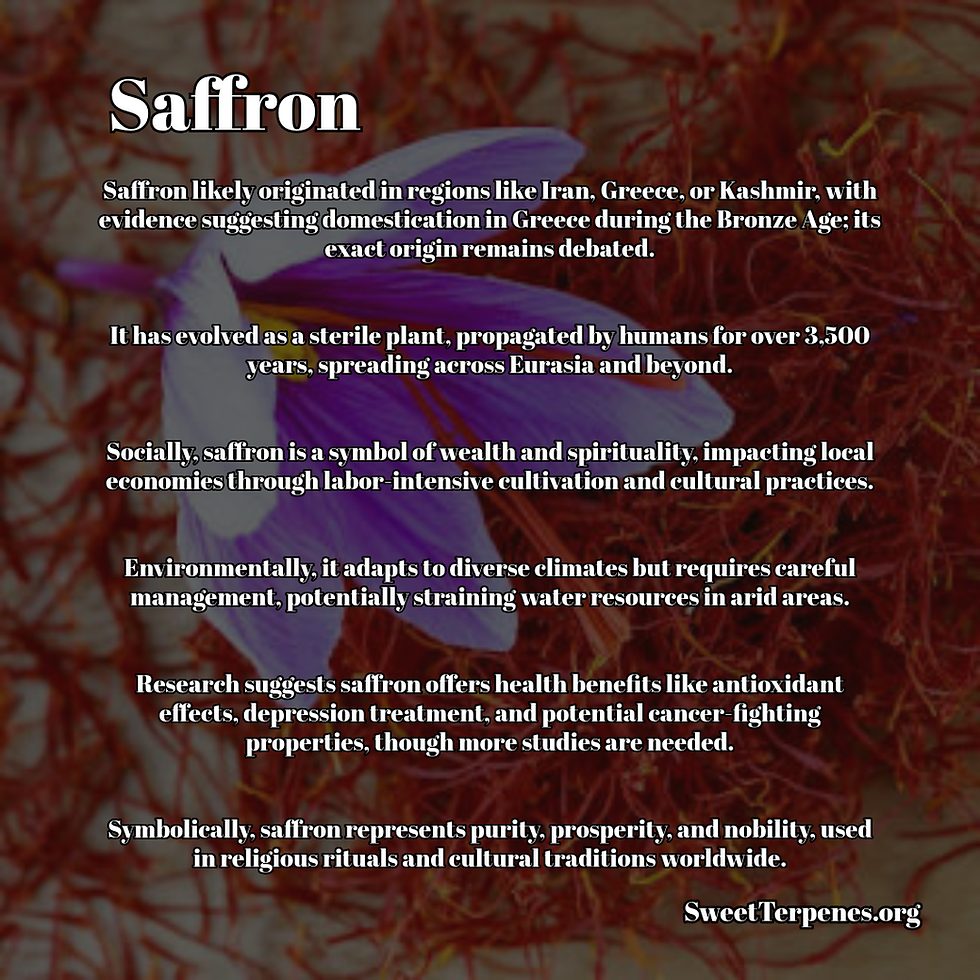Invasive Look Into Blackberries
- Heather Marie Stanley

- Aug 9
- 4 min read

Origin and Historical Context
Blackberries are believed to have originated in temperate regions of the Northern Hemisphere, with significant populations in North America, Europe, and parts of Asia. Historical records indicate their use by humans for over 2,000 years, with evidence from the Iron Age, such as the stomach contents of The Haraldskær Woman found in a Danish bog, dating their consumption to approximately 500 BC [1][2]. This suggests blackberries were part of hunter-gatherer diets and later spread globally through colonization and migration, becoming integral to various culinary traditions.
Evolution and Taxonomy
The evolutionary history of blackberries is marked by complexity due to hybridization and apomixis, leading to over 375 species and numerous microspecies within the genus Rubus of the family Rosaceae. This taxonomic complexity has historically grouped species into aggregates, making precise lineage tracing challenging. Modern cultivation began in the late 19th century, with the first hybrid, the loganberry, developed in 1880 by James Harvey Logan in California. Subsequent breeding efforts, particularly in the US and UK, have resulted in cultivars like ‘Triple Crown’, ‘Black Diamond’, and ‘Marion’, aimed at improving traits such as thornlessness and flavor. These developments, detailed in agricultural research, highlight ongoing efforts to adapt blackberries for commercial production [3][4].

Social Impact
Blackberries have had profound social impacts across cultures. In the American South post-Civil War, blackberry picking was a critical livelihood source, fitting into agricultural calendars between major crops like cotton. It was often a task for women and children, fostering community interactions at berry patches and strengthening social bonds through gifting. Historical accounts, such as those in southern newspapers from 1876, describe blackberries as a dependable crop during economic hardships [5].
Culturally, blackberries hold significant meaning; in Celtic traditions, they were sacred to the goddess Brigid, used in Imbolc rituals to symbolize renewal and the life cycle. European folklore associates them with protection and magic, with beliefs like the English tradition of avoiding blackberries after Michaelmas Day (September 29th) due to a supposed devil’s curse [6][7]. Indigenous peoples in North America also valued blackberries, using them in traditional remedies and as a food source, reflecting their deep cultural integration.
Environmental Impact
The environmental impact of blackberries is dual-faceted. Positively, they provide food and habitat for wildlife, including birds and small mammals, and are part of healthy forest ecosystems, as noted in ecological studies [8]. However, certain species, such as the Himalayan blackberry (Rubus armeniacus), are highly invasive. In regions like Australia, Chile, New Zealand, and the Pacific Northwest of North America, they outcompete native plants for light, space, and nutrients, forming dense thickets that disrupt ecosystems. This invasiveness leads to reduced biodiversity, increased soil erosion, degraded water quality, and heightened fire risk due to flammable dead canes. The controversy surrounding their management, particularly in conservation areas, underscores the need for balanced approaches to control invasive species while preserving their ecological benefits [9].

Health Benefits
Blackberries are renowned for their nutritional profile, offering low calories (62 per cup) and carbohydrates (14 grams per cup), with a low glycemic index (25) and glycemic load (4), making them suitable for blood sugar management. They are rich in vitamins, particularly vitamin C and K, and minerals like manganese, alongside high fiber and antioxidant content, including anthocyanins. Research suggests these nutrients may improve heart health, reduce inflammation, aid digestion, and potentially fight cancer, though further studies are needed for definitive conclusions. Their versatility in diets, from fresh consumption to incorporation in recipes, enhances their health impact, supported by medical and nutritional research [10][11].
Symbology and Cultural Significance
Blackberries carry diverse symbolic meanings across cultures, reflecting their deep cultural ties. In Europe, they symbolize death, pain, remorse, grief, and lowliness, possibly due to their thorny nature. Conversely, to the Hebrews, they represent God’s voice and divine love, indicating spiritual significance. In England, folklore warns against eating blackberries after Michaelmas Day, believing the devil curses them after falling into a bush post-expulsion from heaven.
In the Mid-Mediterranean region, blackberries are linked to the crown of thorns worn by Jesus Christ, with their dark color symbolizing his blood, adding religious depth. European traditions also connect blackberries to Wiccan culture and fairies, with eating from a “fairy bush” potentially granting wishes or magical abilities, though it could be risky [12][13]. These symbols highlight the rich tapestry of cultural interpretations surrounding blackberries.

Summary
Origin
Temperate Northern Hemisphere (North America, Europe, Asia); used since 500 BC
Evolution
Hybridization and apomixis; modern cultivars from late 19th century, e.g., loganberry, ‘Triple Crown’
Social Impact
Livelihood source post-Civil War, cultural rituals (Celtic, European), community bonding
Environmental Impact
Provides wildlife habitat; invasive species (e.g., Himalayan) disrupt ecosystems
Health Benefits
Rich in vitamins C, K; low GI, high antioxidants; potential heart, digestive benefits
Symbology
Death, divine love, curses, religious symbols; varies by culture (Europe, Hebrews, etc.)
Cultural Symbolism
Region/Culture
Meaning
Death, pain, lowliness
Europe
Negative emotions, thorny nature
God’s voice, divine love
Hebrews
Spiritual connection
Devil’s curse post-Michaelmas
England
Bad luck if eaten after September 29th
Crown of thorns, Christ’s blood
Mid-Mediterranean
Religious, tied to crucifixion
Wiccan, fairy ties
Europe
Magical, potential wishes or risks
Citations:
[1] Driscolls - The History of the Blackberry
[2] Gardening Know How - The History of Blackberries in Cultivation
[3] Wikipedia - Blackberry
[4] CABI Compendium - Rubus fruticosus (blackberry)
[5] JSTOR Daily - The Crucial Southern Blackberry
[6] The Herb Shoppe - Plant Folklore: Blackberries
[7] UIC Heritage Garden - Blackberry (Rubus fruticosus)
[8] Penn State Extension - The Benefits of Blackberries
[9] Ascent Yard Care - The Environmental Impact of Himalayan Blackberries
[10] Healthline - 6 Blackberry Health Benefits You Can’t Ignore
[11] WebMD - Health Benefits of Blackberries
[12] UIC Heritage Garden - Blackberry (Rubus fruticosus)
[13] The Herb Shoppe - Plant Folklore: Blackberries
*AI Generated via Grok











Comments